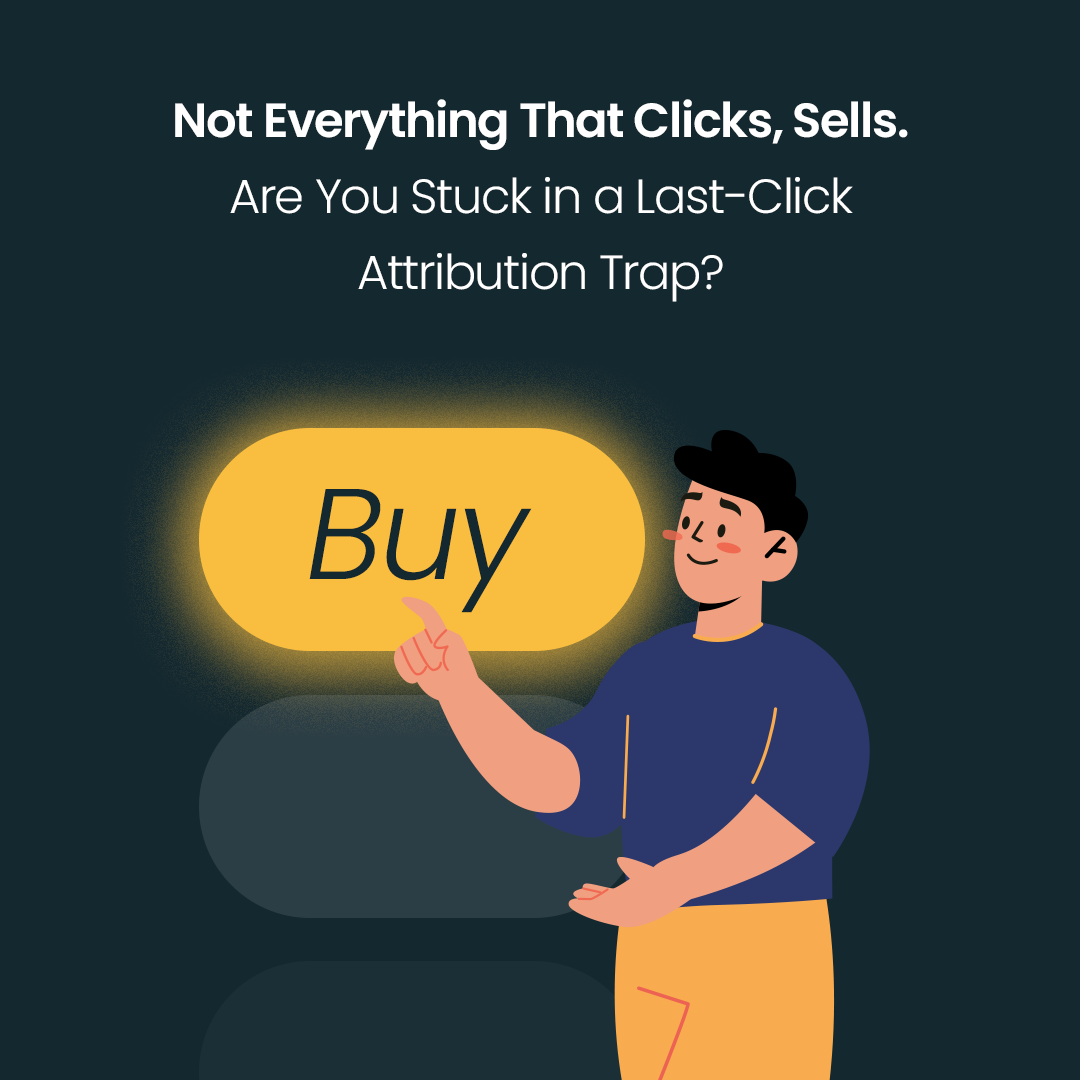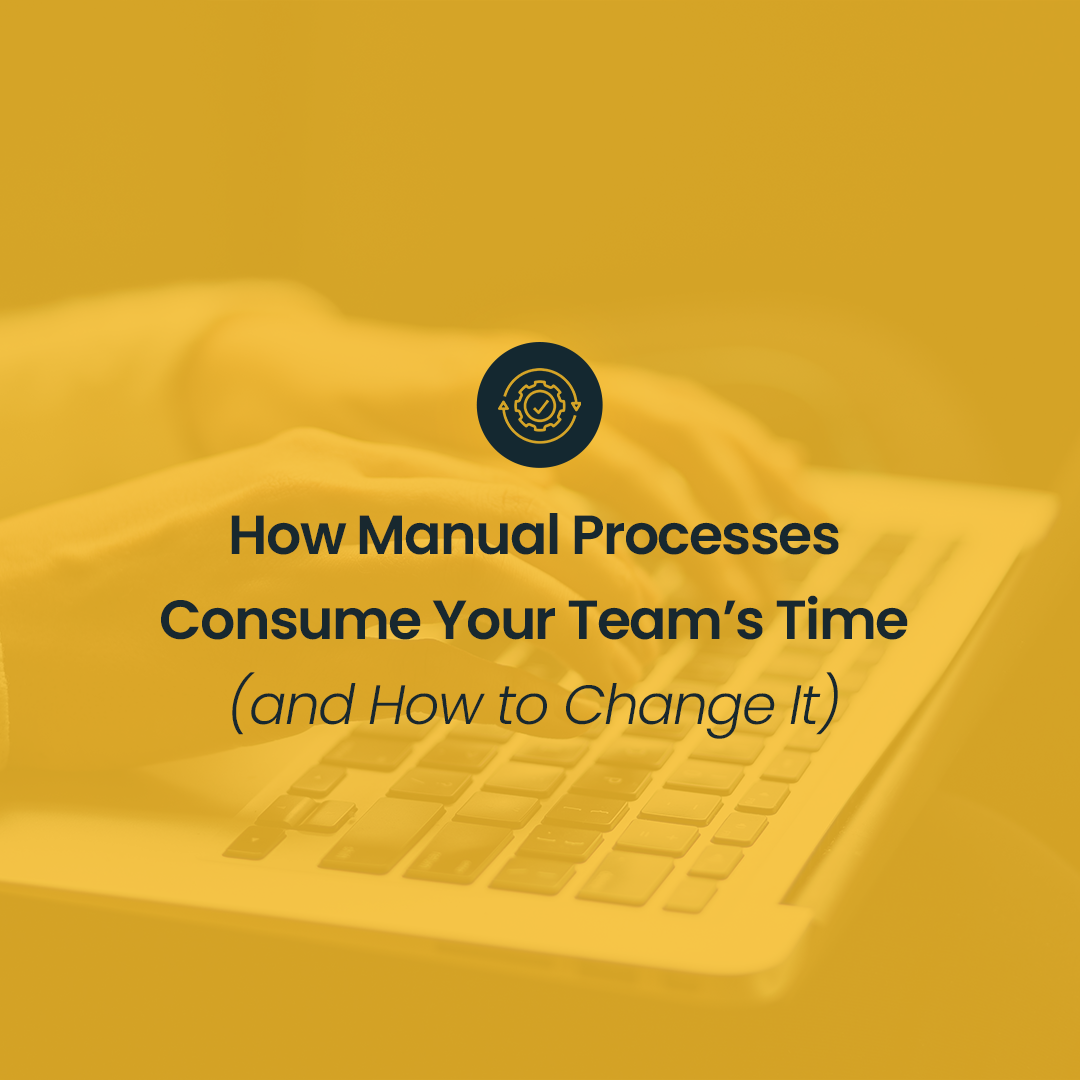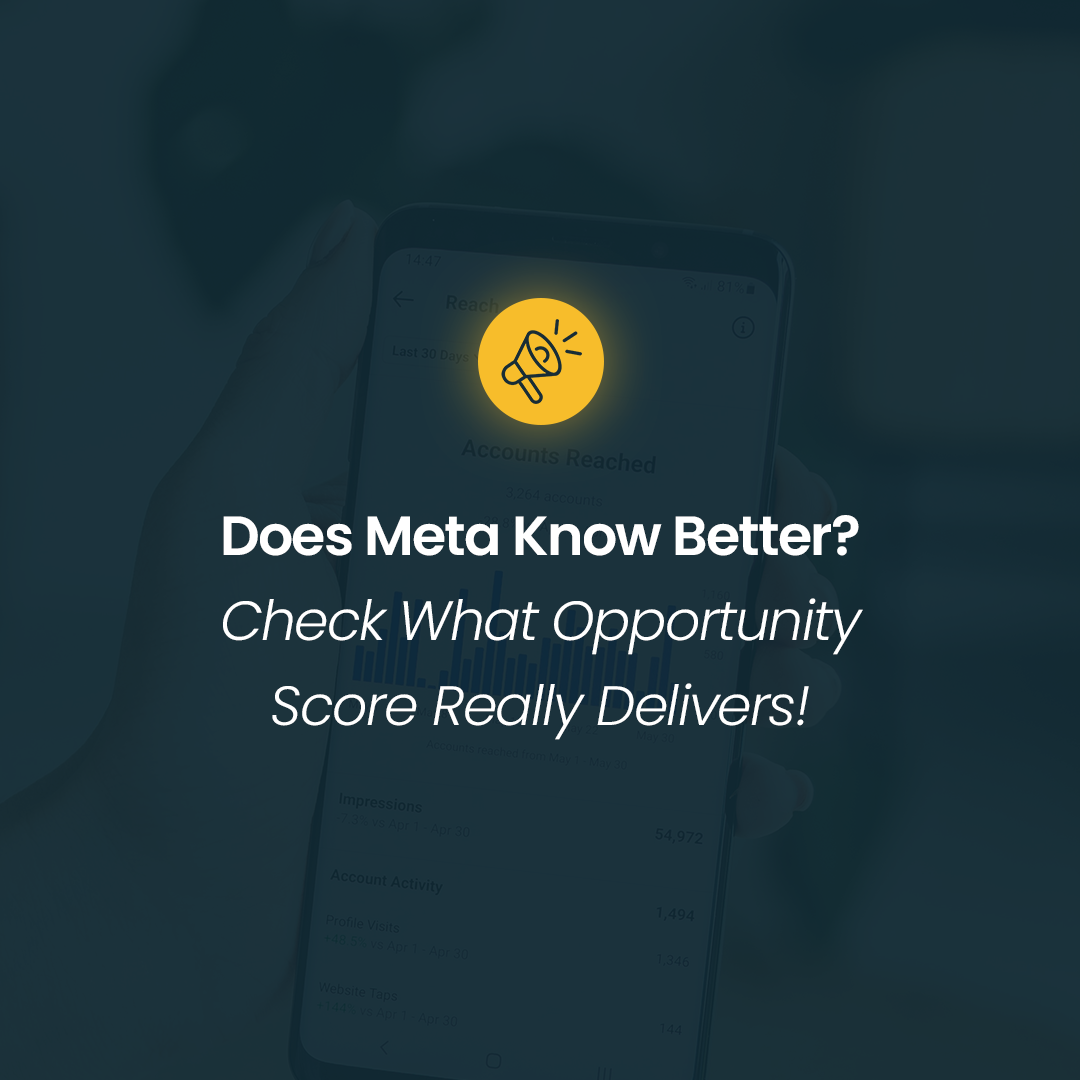In the world of Meta Ads, where algorithms make decisions faster than humans can even analyze the dashboard, optimization tools are more important than ever. One of these tools is the Opportunity Score, a metric that evaluates campaign configuration on a scale from 0 to 100. The more Meta’s recommendations you apply, the higher your score.
Sounds like a perfect assistant? Not exactly. While Opportunity Score can point out valuable recommendations, it can’t replace a marketer’s strategic thinking.
What is Opportunity Score and where can you find it?
Meta introduced Opportunity Score in June 2025. It’s a global tool that analyzes the configuration of campaigns, ad sets, and individual ads, evaluating factors such as:
budget strategy
targeting settings
buying method (Auction, Reach & Frequency)
ad quality and formats
campaign objectives
automation (e.g., Advantage+)
conversion event configuration
You can find it in the Account Overview tab, campaign header, or Ads Manager builder.
What does Opportunity Score measure, and how does it work?
Opportunity Score functions like a task checklist: each suggestion has an assigned point value. The more you complete, the higher your score. However, it’s important to note that:
Rejecting recommendations doesn’t lower the score,
Changing the campaign may remove existing suggestions,
Optimizations (e.g., consolidating ad sets, changing budgets) are highly scored.
In practice: what does Meta consider good?
Category | Example recommendation | Score |
Account structure | Consolidate ad sets | +25-35 |
Targeting | Reduce audience overlap | +10-20 |
Placements | Enable Advantage+ Placements | +5 |
Automation | Switch to Advantage+ Shopping | +10-15 |
Budget | Change from ad set–level to campaign–level budget optimization | +5–10 |
Conversion optimization | Conversion optimization | +10 |
Meta not only recommends changes but also explains the reasoning behind them (e.g., “the current structure leads to competition between ad sets”). This makes Opportunity Score a valuable tool in the daily work of paid social specialists and performance teams.
Use cases in campaigns
1. Consolidation of ad sets and reduction of fragmentation
Challenge:
You’re running a sales campaign for a children’s clothing store with several ad sets targeting similar audiences, such as women aged 25–44, parents, and married users. Each ad set has its own budget. Your Opportunity Score is 60, and Meta suggests reducing audience fragmentation, meaning there’s too much overlap between audience groups.
Solution:
Identify ad sets with similar demographics, interests, or funnel stages, and merge them into broader ones.Switch to campaign-level budget optimization so the algorithm can better allocate the budget.
Effect:
✅ +20–35 Opportunity Score points.
✅ Less internal competition between ad sets.
✅ More data for the algorithm means faster optimization.
✅ Better budget management and allocation by the algorithm.
2. Advantage+ Placements – automatic ad placement
Challenge:
The system detects that you manually selected only a few placements, such as Facebook Feed and Stories, and suggests using placement automation.
Solution:
Enable Advantage+ Placements to allow the algorithm to test other options, such as Reels, Audience Network, or Instagram Explore, which might perform just as well. Then monitor which placements have the highest ROAS and adjust your strategy accordingly.
Effect:
✅ +5 Opportunity Score points.
✅ Better use of ad inventory.
✅ Lower CPC/CPM.
3. Simplifying campaign structure
Challenge:
You’re running dispersed campaigns with many small budgets and a large number of ad sets, making it difficult for ads to leave the learning phase.
Solution:
Reduce the number of campaigns running in parallel. Group individual creative tests within a single Advantage+ campaign with dynamic creatives. Assign a larger budget to one campaign instead of dividing it across multiple smaller ones.
Effect:
✅ +15–20 Opportunity Score points.
✅ Faster and more efficient algorithm performance.
✅ Scalability.
What do you gain?
Quick diagnosis of account-level issues
A list of recommendations with assigned point values
Clear action priorities
Support for less experienced specialists
Compliance with Meta’s move toward greater automation
How to use Opportunity Score wisely?
Don’t implement everything at once. Treat it like a GPS, not a verdict.
Test one change at a time and monitor metrics such as CPA and ROAS.
Remember: Opportunity Score measures configuration quality, not performance.
Combine it with tools such as ROAS tracking, the Overlap Tool, and Quality Ranking.
Is it worth using Opportunity Score?
Yes, but with a critical eye.
A 100/100 score doesn’t guarantee success, and ignoring some recommendations doesn’t always harm results. The key is finding the right balance between trusting the system and applying your own experience and understanding of your brand.
At Salestube, we help clients optimize campaigns based on data, not assumptions. If you want to understand what your score really means and how to use it in practice, contact us. We’ll show you how to approach Opportunity Score the smart way.






